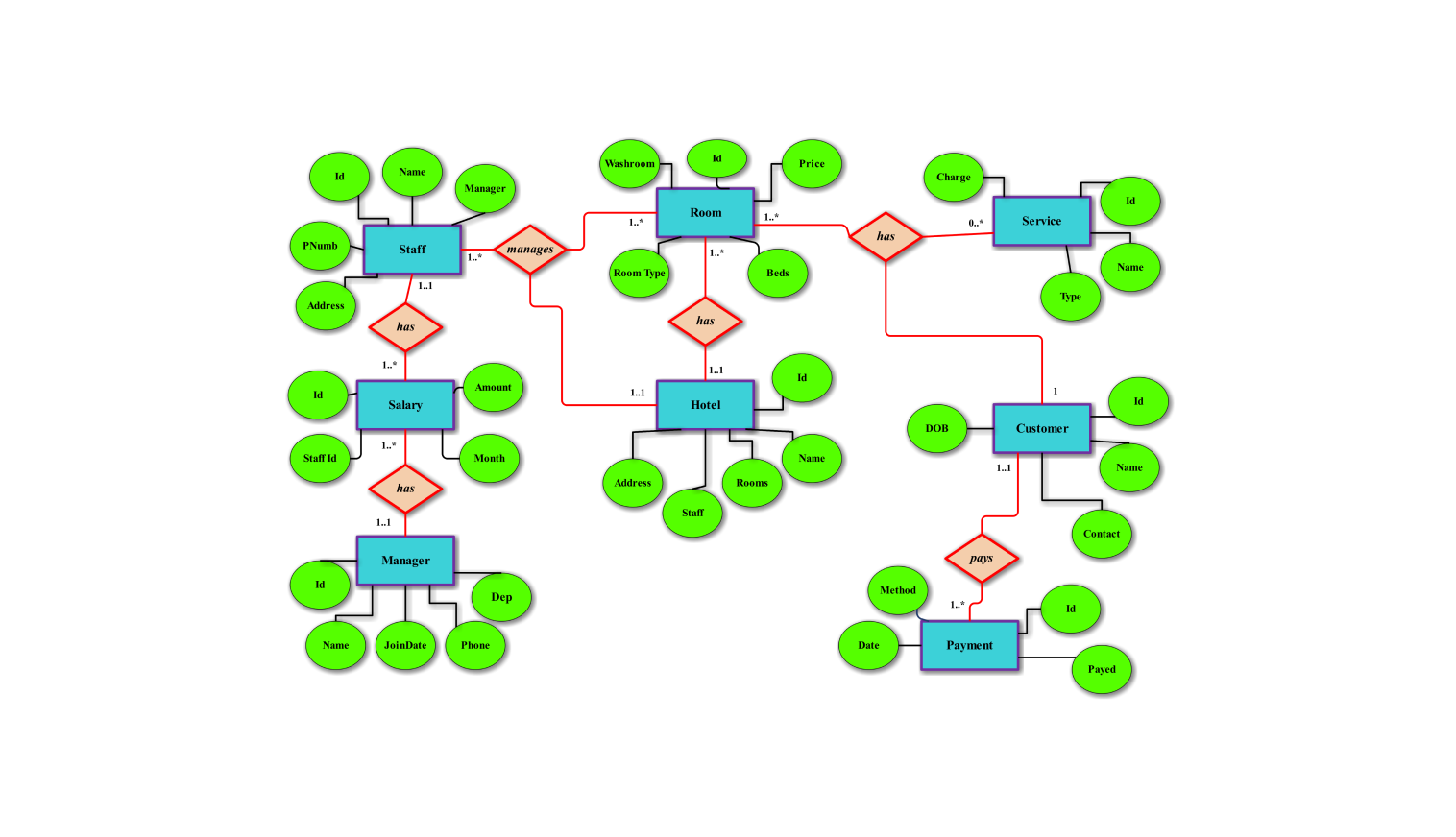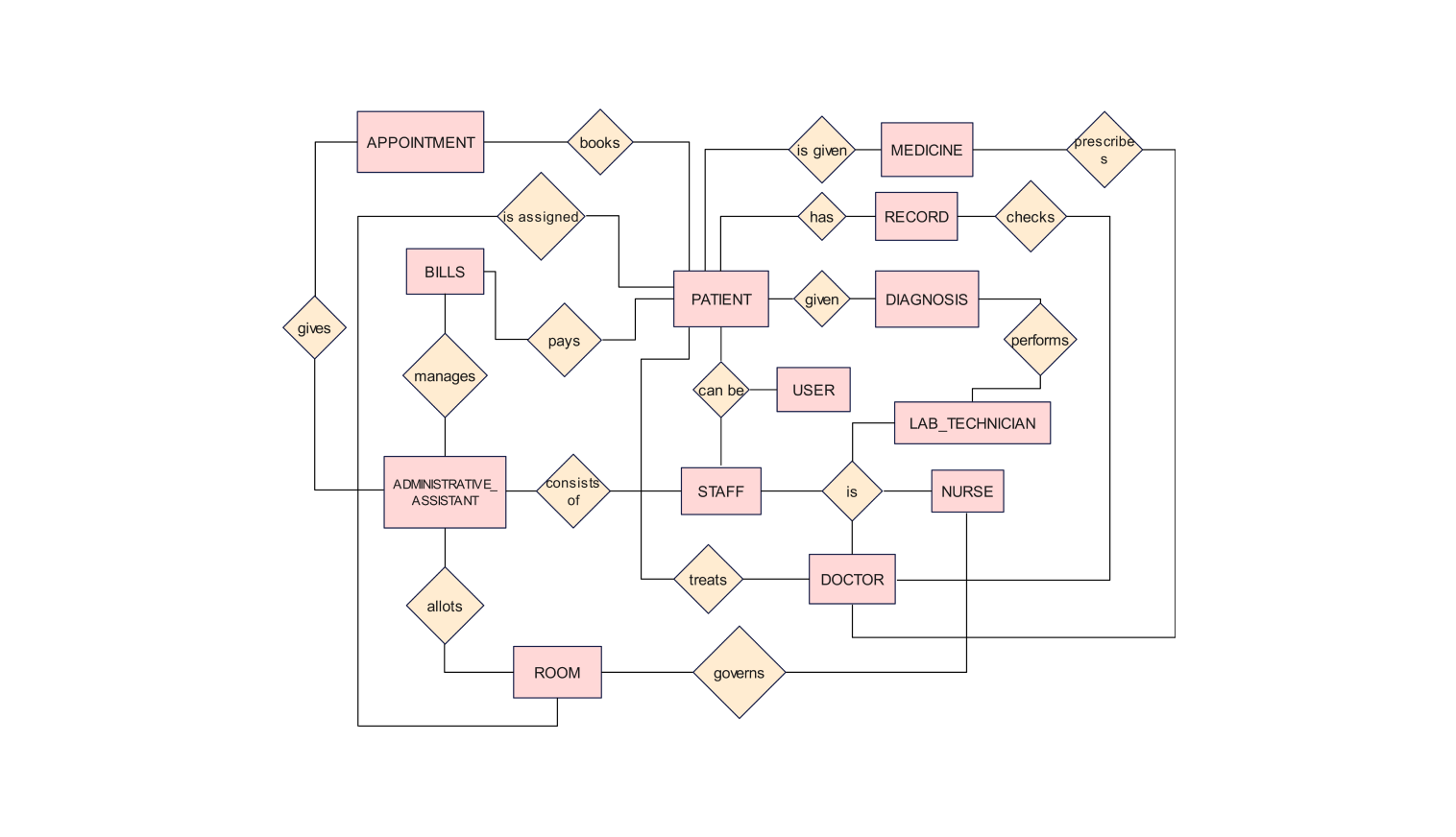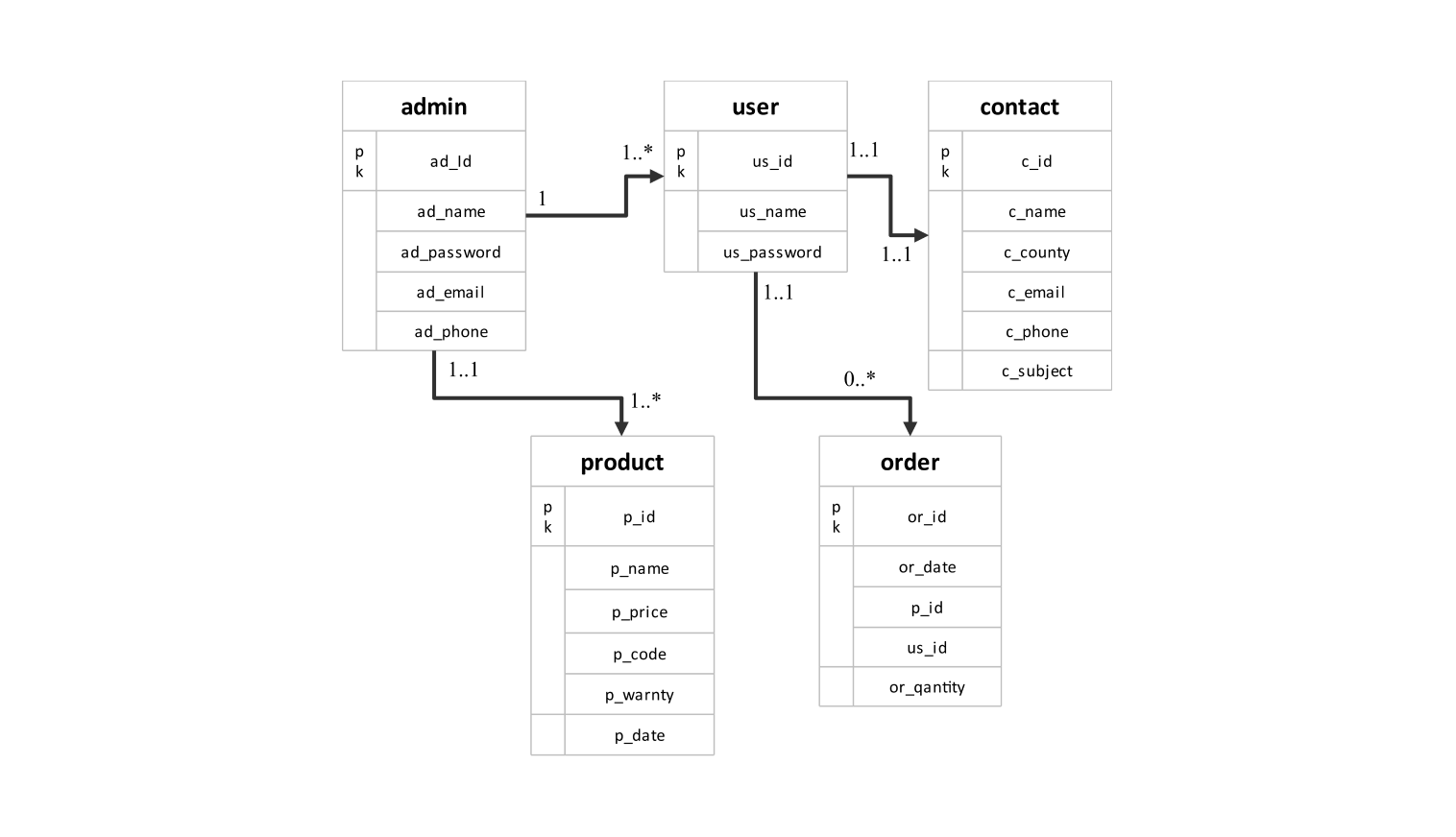- Templates
- ER diagrams templates
- ER diagram for railway reservation
About this ER diagram for railway reservation
Following is an ER diagram for the railway reservation system. This visual representation illustrates how various components interact within the reservation system. Mainly, it highlights the essential interactions required for booking a ticket.
A railway reservation system is essentially used by train operators to facilitate customers. This is used to help them book tickets or to avail various services offered by the train operator. Here in this ER diagram, the various entities involved include the: Customer, ticket, train service, classes, train operator, and payment.
The entity Customer includes the information that the customer offers while booking a ticket or when availing of a specific service offered by the train operator. The entity ticket contains information regarding the customer’s name, the booked train, and the route of the train.
The entity train service contains information regarding the train service. This includes the number of seats present within the train as well as the route that the train operates on. Each train service has different classes depending upon the services offered.
The train operator manages the overall structure of the railway reservation system. The entity payment represents the payment process followed during the purchase of a ticket. It contains information regarding the type of payment method and the amount paid and returned to the customer.
Here in this ER diagram the customer first checks the various train services offered by the train operator. Then the customer chooses from the different classes as per their need. The customer then proceeds to book and pay for the ticket.
How to use this template
You can use the template by clicking the Use this template option. After the template opens, you can customize the diagram by dragging and dropping new shapes from the libraries present on the left side.
Edit the text. Style the lines, boxes, and text by clicking on the respective elements. You can also save some common aspects in your libraries for future use.
Choose a format to save it for later or share it with others. Click on Export to choose the format of your file (.eddx, .pdf, .png, .jpg) to export the file.
Benefits of the ER diagram
Through this ER diagram, one can get a clear understanding of how different entities interact with one another inside the railway reservation system. They also get a clear visualization of the relationship among these entities.
The diagram can be used by various stakeholders to better understand the process of booking a ticket inside the train reservation system. Whether you’re a student, a teacher, a developer, or even from the management this ER diagram will help you in your understanding of the system.
The usage of an ER diagram is also important and comes in handy while trying to make changes inside the system as it gives a clear image of the current working process being followed.
FAQs about the ER diagram
-
What is the railway ticket reservation system?
A railway reservation system is an application that is used to make, cancel, and schedule the reservations of the tickets of the railway. Although their usability is quite limited, some of them offer convenient and easy-to-use features for selecting seats, checking availability, and making payments for reservations.
-
How do you connect an ER diagram?
Following are the steps to make your ER diagram
- Identify the entities within the system.
- List out the attributes associated with each of the entities and connect them.
- Identify the relationship between the entities and connect the entities using a diamond-like shape.
When designing an ER diagram, it's a lot simpler when you use an online designing tool. Edraw Max is a free-to-use online platform where you can easily design your ER diagram.
-
What are the entities in the railway management system?
The main entities common to the context of a railway reservation system might comprise the following: Passengers, Trains, Tickets, Routes, Stations, and Payments. Each entity is an important asset within the designed model of a railway management system.
Related templates
Get started with EdrawMax today
Create 210 types of diagrams online for free.
Draw a diagram free Draw a diagram free Draw a diagram free Draw a diagram free Draw a diagram free








